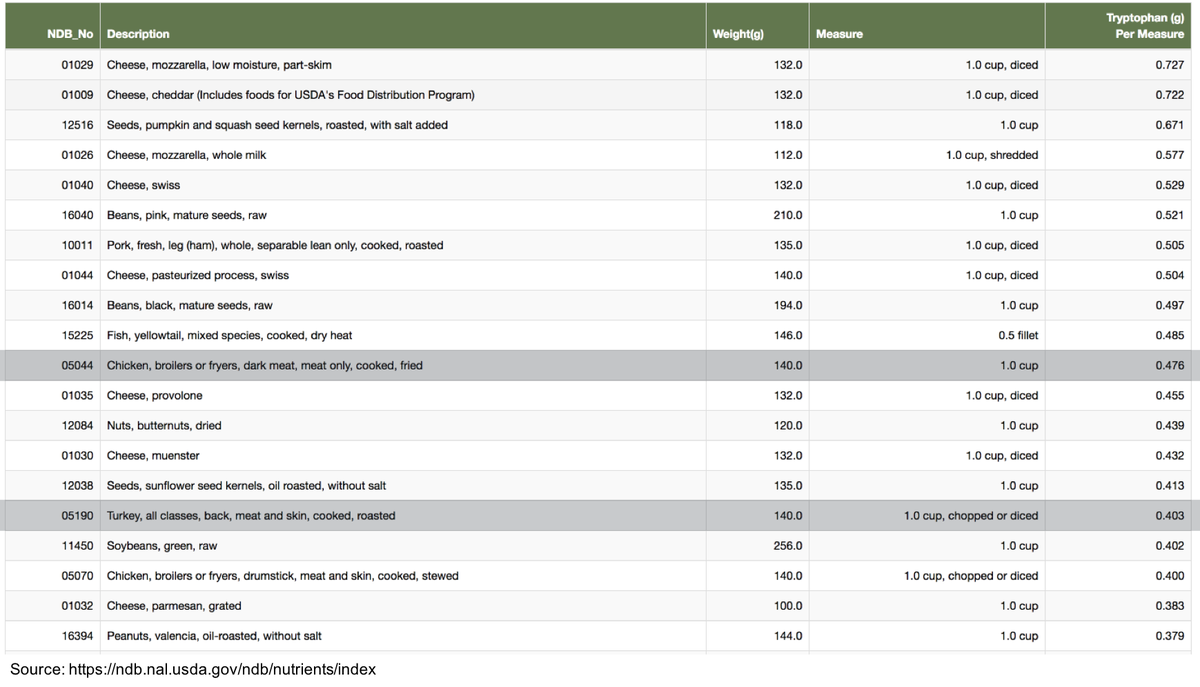Here, I’ll prove it for you.
Restricting to only people with poor results on Placebo introduces bias because of regression to the mean.
It eliminates the people who happened to do “better” on Placebo than they did on Drug.
However, it exposes a serious flaw in using data from the placebo night in a crossover RCT to “restrict” analyses based on “disease severity”
There was a better way to do this, and it would have been so simple, too.
Maybe the authors will consider it as an addendum / correction to the paper.












